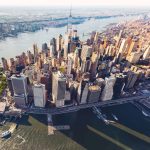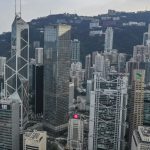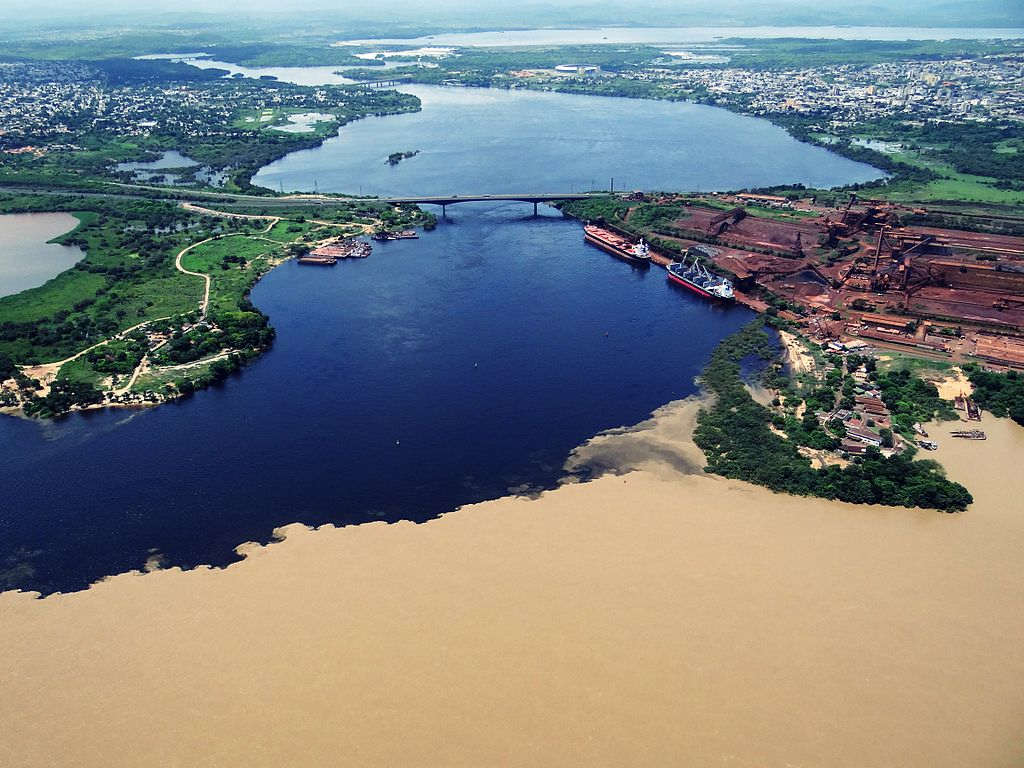CARACAS, Venezuela (VIANEWS) – One of the biggest lies of this century has emerged in Venezuela and is called the Arco Minero del Orinoco (AMO).
The AMO was first announced by former president Hugo Chávez Frías in 2011. He would later include this new project on his governmental program for the period running from 2013-2019.
What is the Arco Minero del Orinoco?
The official name is National Strategic Zone of Development Arco Minero (or Mining Arch). The program was reactivated by President Maduro back in 2016 as part of one of 15 of the ‘Motors’ created to help rebuild Venezuela’s economy and to have other viable option that will not include oil industry. The objectives of this program are varied. President Maduro has stated that this will help to diversify Venezuelan’s damaged economy, and it will help to obtain more income that will be channeled within the population. According to him, around 60% of the revenues will be redirected to social programs.
The AMO compromises a surface of around 111.843 km’s or 12% of Venezuelan territory, which, also happens to be one of the Precambrian areas of the country. It goes from Bolivar state mainly, to the Amazonas state and some parts of Delta Amacuro state. It is divided into four parts, which are: Zone 1 ‘’Juana la Avanzadora’’: 24.717 km of coltan, gold, bauxite, and diamonds. Zone 2 ‘’Manuelita Sáenz: 17.246 km of gold and diamonds. Zone 3 ‘’Negra Hipólita: 29.730 km of iron, gold, diamond, and bauxite. Zone 4 ‘’Josefa Camejo’’: This is the area known as Sierra de Imataca (which is bigger than Belgium) and is filled with gold.
Who is participating in this program?
Around 150 international and some national companies are participating in this ecocide. Most of the international companies come from Russia, Canada, the UK, South Africa, North America, China and Australia (where open-pit mining is prohibited). However, there are two leader companies on this project: CAMIMPEG and Gold Reserve.
The proposed scheme for investors is the creation of mixed enterprises, wherein the Venezuelan state will acquire 55% of the stokes and will also receive the same percentage of the total of earnings.
More about Gold Reserve:
In 2009, the then Ministerio del Poder Popular para el Ambiente, ‘’Ministry of Popular Power for the Environment’’, asked some international companies that were dedicated to the extraction through mining to obey Venezuelan laws in order to guarantee the rational use of natural resources of the country.
The Ministry was also in charge of revising the mining concessions until then granted, such as the wooden exploitation in the Reserva Forestal de Imataca, that belongs to the Guayana region, where the Gold Reserve had an environmental permission called ‘’Las Brisas’’. It was later confirmed that they had created environmental problems and damages in this area. During that same year, the then Minister Ana Maria Osorio, declared that the government will not give out more environmental permissions to exploit open-pit mines because they cause environmental degradation.
The Gold Reserve answered these allegations by placing an arbitrary award at the International Centre for Settlement of Investment Disputes (ICSID) for the nationalization of the mines. The centre which is ascribed to the World Bank, ruled in favor of Gold Reserve and made Venezuela pay USD $760 million in compensation.
The Venezuelan state signed a contract in which it compromised to pay the full amount to the company, including the interest rate and legal costs within the next 60 days. So, Gold Reserve and the Venezuelan government created a mixed enterprise in where the South American country would keep a 55% stake and with this revenue they would pay off their debt to the international company, and in the meantime Gold Reserve would also be able to keep the rest of the company stake which amounted to an incredible 45%. It was a win-win situation for the international enterprise.
More about CAMIMPEG:
The Compañía Anónima Militar de Industrias Mineras, Petrolíferas y de Gas (CAMIMPEG), (Anonymous Military Company for the Mining, Oil and Gas Industries), was also created in January 2016. This military company is authorized to develop the mining industry in the southern part of Venezuela alongside another state company called Minerven. Thus, after this creation, it is now assumed that any other company that develops mining projects is acting in an illegal way.
Environmental impact = ecocide
According to the Venezuelan state, the only areas that will be used for mining purposes are the ones that have already been mined in previous years. President Maduro has stated that these new projects will respect nature and the indigenous population that lives around these ancient areas, and that a proper capacitation will be given to the local and artisan miners to teach them how to reduce the amount of pollution they create.
So, what are the real consequences of this project? This ecological crime affects nature in so many ways. First, the use of water required in order to extract gold is very high. And inside of this area one of the biggest rivers in South America is found, the Orinoco River, which represents around 90,2% of water.
What’s more is the fact that the hydroelectric dam of Caroní (which is the generator of almost all electricity consumed in Venezuela, is right in this area). Around 65% of consumed electricity in Venezuela comes from the Guri’s reservoir, and this reservoir is fed by the Caroni river and rains.
Problems for the indigenous communities
Several ethnicities are to be found on the land that has been taken away from them by this AMO project, including the following communities: Pumé, Kari’ña, Warao, Arawk, Pemón, Hiwi, etc. Recently, some of the members of those communities have had to participate in the mining industries in order to be able to subsist and feed their families, or precisely because the mafias that have been created throughout the years in those areas are willing to kill anybody who denies moving from the settlements they have artificially created. So, if they do not move away from their ancestral lands, they will likely work for the same companies that are destroying their territories.
In fact, the irony is so strong on this subject, that the Venezuelan government is apparently trying to implement a pedagogical program for the local miners in order to teach them about the use of substances that create pollution. Furthermore, this program is trying to teach the indigenous communities about the economic, technologic and social benefits of the land exploitation. So much so, they are planning to teach this program using the different languages that are found amongst the native people of the area.
The Political and Economic Side
It is well-known that Venezuela has the biggest gold reserves of the region. This factor is of extreme importance since it provides the government with an independence from oil currency, this is positive in times where the USA has implemented even more sanctions that will ultimately hurt the country’s economy. International gold reserves have also been higher this last year, as the ninth gold shipment arrived at the Central Bank of Venezuela in August 2017.
No-one doubts there has been, and there is an economic problem in Venezuela, however, the government is now trying to add another problem onto the equation, and that is, to change the oil-rentier model for the barbaric combination of oil and mining rentier model.
All throughout the media one can hear government officials declare a state of ‘’ecosocialism’’ but none ‘’ecosocialism’’ can be self-named on this fashion if you are about the exploit natural deposits and mineral resources in order to save an economy that perhaps is about to collapse because the government has failed to control the different and problematic variables.
It is simply not believable that a ‘respected’ revolution of the 21st century that is both conscious and real, will allow international companies to exploit the national land for their own benefit and profit, because they will retain at least 45% of earnings, when Venezuelans will apparently receive a 55% on social needs and 1000% of a natural disaster. So, where is the national sovereignty so many times mentioned by both Presidents? Were the indigenous communities that live in this area asked if they agreed on this, as the 1999’s Constitution demands?
Not a single conscious person that has read the minimum amount of information on open-pit mining would accept this type of activity, especially, those who referred themselves as socialists. The Venezuelan government keeps on creating public policies that are not in accordance with the principles that they have exposed throughout the 18 years or more in power. In fact, the only thing the AMO is accomplishing is to take Venezuela one step behind again by depending on the easiest way out. Why has the economy not evolved in terms of agriculture if healthy and profitable lands are found throughout the country? Why has the government not used the same amount of people from the Armed Forces to tackle insecurity nationwide, so this could also benefit the tourism industry? So many questions remain unanswered, as always, but one thing is for sure, this Arco Minero Project is a natural disaster in Venezuela, for Venezuelans and by Venezuelans.







